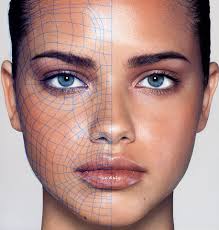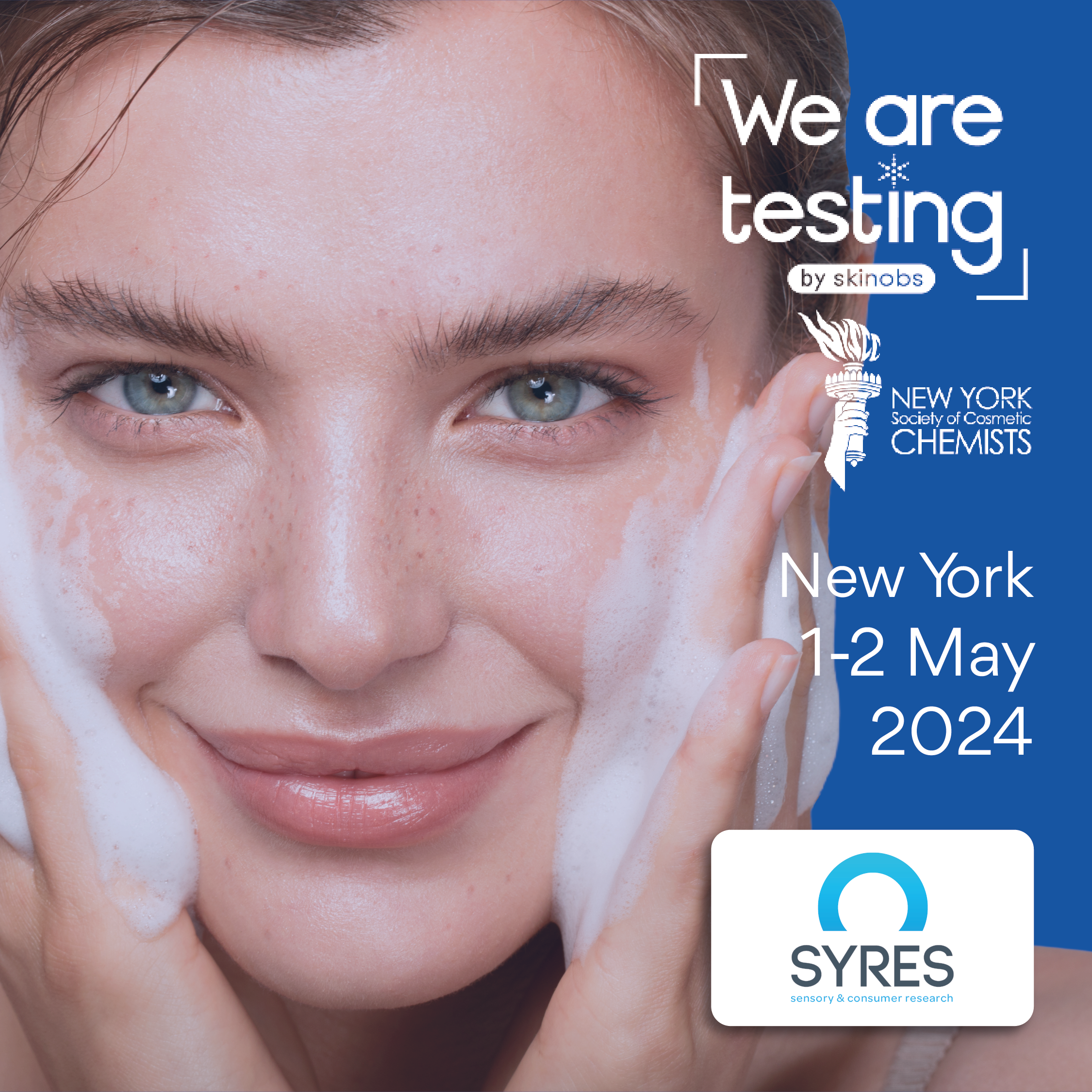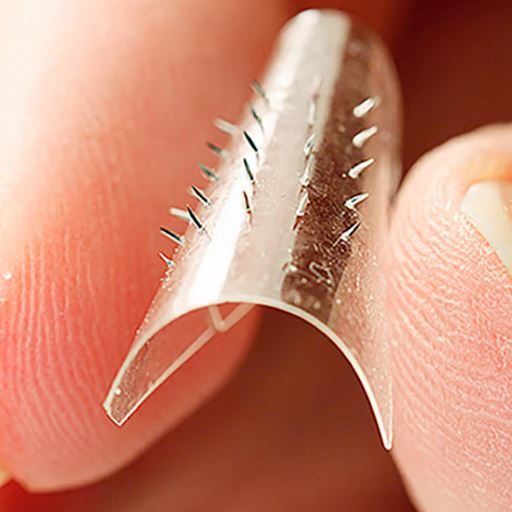Dec 11, 2015 – Katerina Steventon, PhD, Independent Skincare Consultancy
During More Facts, Less Illusions, the IFSCC Conference held in Zurich in September, the organizers called for more scientific publications demonstrating the credibility of our industry rather than basing skincare on marketing dreams and illusions. Advancements in understanding the quality of facial skin in different zones represent one of the exciting areas in skin science. Facial mapping will enable the industry to test real efficacy of newly developed skincare products on the face.
About a third of my adult clients suffer from acne, which is in line with a large global study that reported that 26% of women between the ages of 31 and 40 continue to struggle with facial acne; 12% between ages 41 and 50 fight it. The study found that comedonal acne as opposed to inflammatory lesions, prevails in older age. Women often present at my clinic with adult acne flaring prior to their menstrual cycle.
Sebum production, abnormal proliferation or inadequate desquamation of follicular keratinocytes, androgens, local cytokine production and bacteria are implicated in acne onset. However, the interplay between these factors at different stages and clinical types of acne has not yet been fully understood. Of the factors contributing to acne development, sebum production is known to play a role in acne.
Traditionally, the T-zone is an area with high sebum secretion and the U-zone an area with low sebum. In my experience, the chin area is the most prone to fluctuating facial acne. Recent research has defined the perioral, “the O-zone”, as an area with a moderate to high sebum secretion prone to acne in adults.
…/…









 Follow us on Linkedin!
Follow us on Linkedin!